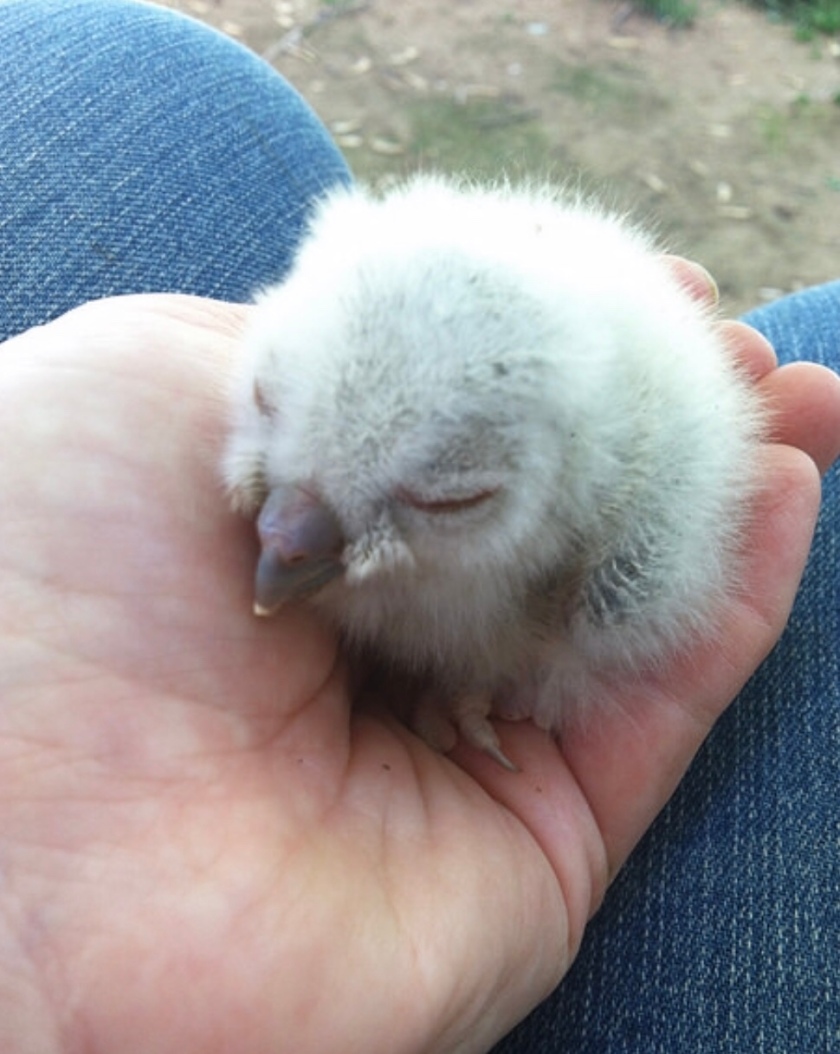
The following is a speech I gave in Communications class at Motlow State Community College on April 2, 2019.
Good morning. I’m Pepper Traymore. Oh wait, that’s my porn star name. I was on Facebook last week and there was a thing on there that said, if you take the name of your first pet and the road you lived on when you were a child, that’s your porn star name. What’s yours? We don’t have time to share all of them, but maybe take a second and tell the person next to you if you find it amusing.
Those things on Facebook are always a lot of fun. Take this quiz and find out what breed of dog you are, cut and paste this list of personal questions and tell your friends about where you had your first kiss, and what year you graduated from high school, and more.
Unfortunately, I’ve just baited you into sharing two pieces of personal information about yourself with the person next to you, who might be a relative stranger. Those pieces of information might be things you used as a password to your Facebook account, or your online bank account.
Maybe you’ve seen the above meme. It highlights the fact that in 50 years, we’ve gone from deeply suspicious of government spying to basically sharing our private information with the world voluntarily. I’m going to give you a brief history of technology and personal information, talk about what They with a capital T might be doing with your data, and give you a few ways to safeguard your data and your privacy while living in the world and on social media.
Wiretapping is almost as old as the telephone. Americans were outraged when they first learned of law enforcement’s use of wiretaps in the 20s, so laws were made limiting the use of electronic surveillance by police.
With World War II came relaxations of prohibitions of government spying on citizens. President Roosevelt authorized the use of wiretaps to monitor “subversives.” In wartime this meant potential Nazi and Japanese spies, but in the 50s, it broadened to include progressive activists fighting racial segregation. “Subversives” went from meaning foreign nationals to American citizens who disagreed with the government. Do you see how dangerous that is?
Fast forward 50 years to 9/11. In the wake of those attacks, Americans feared terrorism, so they were willing to accept new legislation like the Patriot Act, and the formation of the Department of Homeland Security, which was later found to be monitoring American citizens. And then, of course, the advent of social media, in which we willingly share vast amounts of private information. Technology has developed so fast that new gadgets come out faster than we can even begin to think about what effects they may have on our lives and our privacy.
In 2013 Edward Snowden revealed ways in which the NSA was monitoring American citizens that alarmed some people. Other people took the attitude, “Well, I’m not doing anything wrong, so I have nothing to hide.” But all of us have things we would prefer other people not know about us, things we might tell our best friend or our doctor or no one at all. And as Orwell’s novel 1984 pointed out, a society that monitors its citizens breeds subservience, and quashes creativity and dissent. Throughout all of our history, we have associated these tactics with Communist and Fascist nations and dictators, not with democracy.
When I started researching this topic, the amount of information out there and the number of ways that your data can be tracked boggled my mind. One TED talk described us as walking around in a cloud of information. Everything we do leaves a little digital trail, not just online but in the real world, too. But I want to narrow my focus to two ways “they” might be tracking you.
The first is the things you like or favorite on Facebook. That innocent click tells data miners so much about you. Information can even be mined by how long you pause while you’re scrolling, you don’t even have to click the like button. So what can they tell? Algorithms have developed so much that information can be had about your religion, your political ideals, your sexual preference, your sexual behavior, how much you trust your friends, whether you are using drugs.
One example in Forbes magazine told a story about a high school girl who received a flyer from Target offering pregnancy and baby products, alerting her parents before she had told them she was pregnant. How did Target know? She had looked at ads for vitamins, and bigger purses.
In addition, if you allow Facebook and Google to monitor your location, you are providing information about where you go, what stores you frequent. This is used for targeting ads to your particular demographic. Have you ever had the experience of just talking about something you were thinking about buying, and then suddenly seeing ads on Facebook for that very thing? It’s something we sort of joke about, but when you think about it, all of that information that is being gathered can be used for nefarious purposes, even manipulating the things you think about. Hacking the human brain is becoming a reality, and no hardware need be installed when we spend hours a day interacting with the software.
The other way companies are mining your data is through the use of smart devices. Kashmir Hill is a journalist who lived for 2 months with 18 smart devices, all linked with an Amazon Echo. She had a computer scientist monitor the information the devices were sending back to the companies who made them. You can get smart refrigerators, smart TVs, even smart sex toys. In those two months, there was not one hour of radio silence. The Echo was relaying information to Amazon every 3 hours, and all of the other devices were sending data to their manufacturers, who then sell that data to other companies. The computer scientist knew what TV shows they were watching and for how long, how often they went to the refrigerator, and yes, the smart sex toy was sending information about its use back to the company, as well. Do you feel watched yet? As I said, these are only two ways you are constantly generating data that is available for use and for sale by the corporations who run every website you interact with, and create the items you use, and you do not generally know it is happening, nor can you control it if you did.
But, there are some ways you can protect yourself.
- First, use smart passwords. Don’t use pet names or information about you that is obtainable through the quizzes on Facebook or other easy data mining. Never reuse passwords, which is more dangerous than using easy passwords. Of course, never give out your password.
- Review your privacy settings on social media, and review it REGULARLY. Facebook updates its algorithms and terms of service often, and you might find that somehow your phone number and email are public information. Be wary of friend requests from people you have already friended; it could be a new account, or it could be someone trying to get information about you or hack you account.
- Be careful about what you share on Facebook. Be aware that when you apply to a college, or apply for a job, or anything else that is important to you, one of the first things those people are going to do is check your facebook account. If your wall is public and full of images of you drunk at parties, you’re not likely to get the job.
- Don’t be too trusting when asked for private information. Be your own “human firewall” and educate yourself on the ways data is being gathered and used. Be careful about checking in. Just checking in or posting vacation pictures to a public Facebook account can alert someone that you’re not home and give them an opportunity to rob your house while you’re gone.
- Finally, it’s important to keep abreast of the latest information about cyber security. Experts say it’s not a matter of if you’ll be a victim of a cybercrime, but when. It may be worth it to look at identity protection, but do your research.
Big Brother may be watching, and there is a lot we don’t have control over when it comes to how our information is shared and sold, but that doesn’t mean we shouldn’t be careful where we do have control. Be safe out there.








